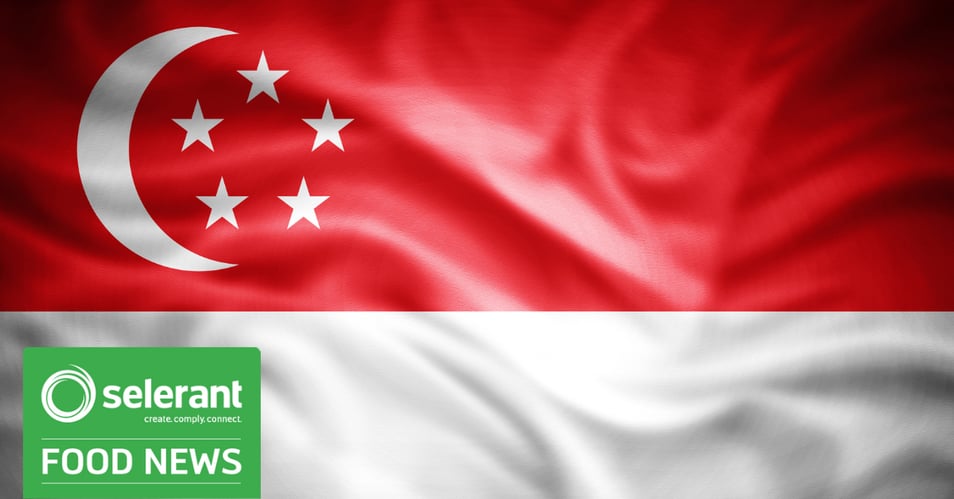
- Home
- PLM & Compliance Blog
- Singapore Establishes Maximum Residues Limits for a Veterinary Drug in Shell Eggs
Singapore Establishes Maximum Residues Limits for a Veterinary Drug in Shell Eggs

On December 04, 2020, the Singapore Food Agency (SFA) established Maximum limits for incidental constituents in food (including residues of veterinary drugs) specified under the Food Regulations.
The Singapore Food Agency (SFA) continuously reviews and updates these maximum limits in order to safeguard consumer health and to meet the changing needs of the food industry.
Below are the main focal points of immediate attention:
- Maximum residue limits (MRLs) for nicarbazin, a veterinary drug, are currently specified for muscle, kidney and liver from chicken (refer to SFA circular dated 20 April 2020 - Maximum Residue Limits Established for Pesticides and Veterinary Drugs Previously Not Allowed in Food”), but there is no MRL specified for nicarbazin in shell eggs.
- Residues of nicarbazin are not permitted to be detected in shell eggs.
- SFA has assessed the risk of the presence of low levels of nicarbazin in shell eggs, and established MRL of 300 ppb for nicarbazin in shell eggs, in line with the regulatory standards of major developed countries.
- SFA has conducted a risk assessment to ensure that the consumption of food containing residues of nicarbazin at levels below the MRLs is safe.
- SFA will administer the MRL for nicarbazin in shell eggs with effect from 4 January 2021.
All Food Business Operators/related traders are reminded to ensure that shell eggs made available for sale on or after 4 January 2021 must comply with this requirement.
Check the Food News Monitoring System to stay up-to-date on future amendments in MRLs.